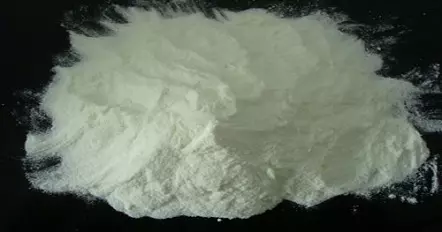IUPAC Name
Chloroalumanol
Cas Number
12042-91-0
HS Code
28273200
Formula
Al2-Cl-H5-O5
Industry
Water Treatment Chemicals
Appearance
Fine White Powder
Common Names
aluminium chloride basic, aluminium chlorohydroxide, aluminol ACH, aluminum chloride hydroxide, aluminum chloride hydroxide oxide, basic, aluminum chloride oxide, aluminum chloride, basic, aluminum chlorohydrate (anhydrous), aluminum chlorohydrol
Packaging
Bulk: 500-4,000 gallon quantities. Tote: 275 or 330 non-returnable totes. Drum: 55 gallon, plastic, non-returnable drums (612 lb net)
Aluminum chlorohydrate is a simple form of a group of FDA-recognized aluminum-based salts that can be used to reduce underarm wetness in underarm antiperspirant products.
Because of the explosion hazard related to hydrogen produced by the reaction of aluminum metal with hydrochloric acid, the most common industrial practice is to prepare a solution of aluminum chlorohydrate (ACH) by reacting aluminum hydroxide with hydrochloric acid. The ACH product is reacted with aluminum ingots at 100 °C using steam in an open mixing tank. The Al to ACH ratio and the time of reaction allowed determines the polymer form of the PAC n to m ratio.
Aluminum Chlorohydrate is widely used as a high-efficiency coagulant/flocculant in water treatment. Its high positive charge destabilises colloids and suspended particles, forming flocs that accelerate sedimentation and filtration.
Beyond drinking-water, ACH is applied in urban sewage works and industrial effluent plants. It helps remove turbidity, total suspended solids (TSS), heavy metals (lead, cadmium, mercury), phosphates, fluorides, oily-suspendeds, and can reduce sludge yield.
In cosmetics, ACH functions as a key active in antiperspirant formulations: it temporarily blocks sweat ducts by forming a gel-like plug, reducing moisture and body odor.
ACH also finds usage in diverse specialty chemical sectors: e.g., as a coagulant/retention aid in the paper industry (improving pigment retention, drainage), in textiles (dye-house processes), and in industrial processes where rapid coagulation is beneficial.
